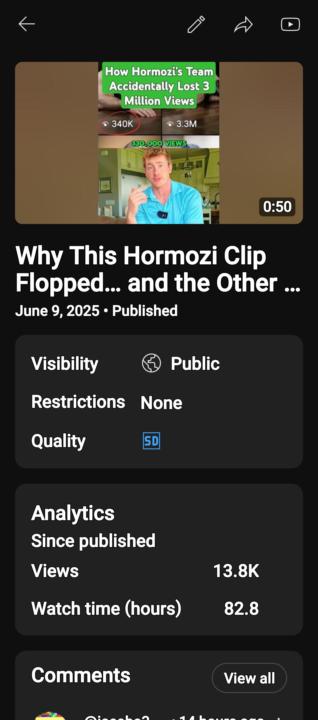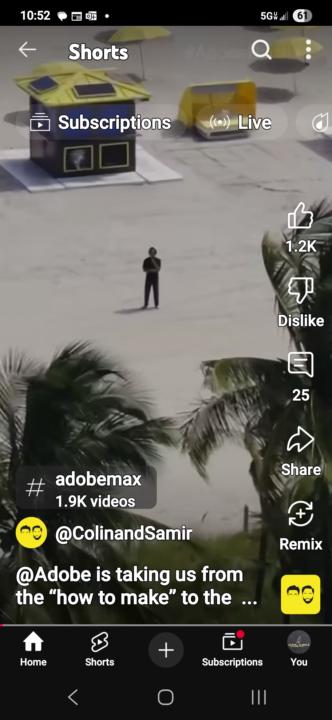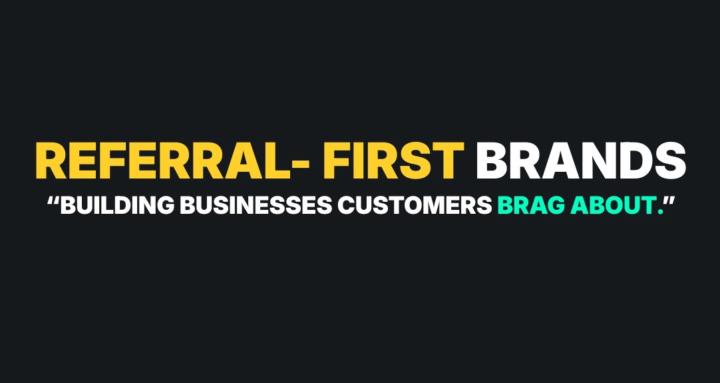
Write something
Delaying the payoff... To the start?
Something that I'm trying out is to not just end videos so that they loop like I'm sure you've seen. But write the script so that the pay off is actually the hook. One of the videos I'm writing starts "is psychology why faceless videos still get 10M views..." (This mirrors the audiences inner dialogue) And the video will end: "So, clearly there..." I'll comment the video and the metrics of this video once I upload. So you can see how well it does. But it could be something to think about in your own content.
1
0
Why the difference in views.
These two videos have almost I identical format and flow. The Khaby Lame one got 5.7k views the other only 516. Thought from the group? My guess is the major reason is because Khaby Lame has more followers and that Duolingo is a business. But I would love to see what you guys think.
0
0
My first video after tweaking my format
This video I did where I break down two different Alex Hormozi videos. Has done well on YouTube shorts. Not just in views. But it also got me 19 new subscribers. I'm doubling down on this style.

This is great info
If you haven't watched this. It's definitely worth it.
🧠 The Sneaky Hook That Makes People Stay:
“Self-Generated Processing” Opens The more content I study, the more I realize: The best videos don’t just hook you. They force you to think with them. There’s a psychological term for this: "Self-Generated Processing" It's when your brain fills in the gap before you’re even told the answer. Take this YouTube shorts video from Colin and Samir: The verbal hook starts out... “Which is harder… learning to make something, or knowing what to make?” That line opens in 3 seconds and then they go directly into the content. Visual/audio disconnect: It starts with him talking into a wireless mic so the audio feels like a normal video. But he's like 1/4 mile away and you can barely see him in the video. (Pictured) These two things causes the brain to stop long enough (visual hook) to process the question, and then start self-generating the answer. (Spoken hook) Why it works: 🔁 It starts the viewer’s mental engine 🪝 It feels like a conversation, not a performance 📌 It increases retention because the brain wants resolution How to use it in short-form: 1. Make the hook a question or open loop that demands thought 2. Deliver it in the first 3 seconds 3. Jump straight into your perspective or story 4. Bonus: Use text overlay OR captions that mirrors the question Try it out in your next videos and see if you can tell a difference in the engagement, retention, and views.

1-28 of 28

skool.com/scrollsciencelab
Build a brag-worthy brand. Learn the Referral-First Growth Formula that turns customers into your #1 marketing engine.
Powered by

